Animals
Whales: Guardians of the Deep Blue Realm H15
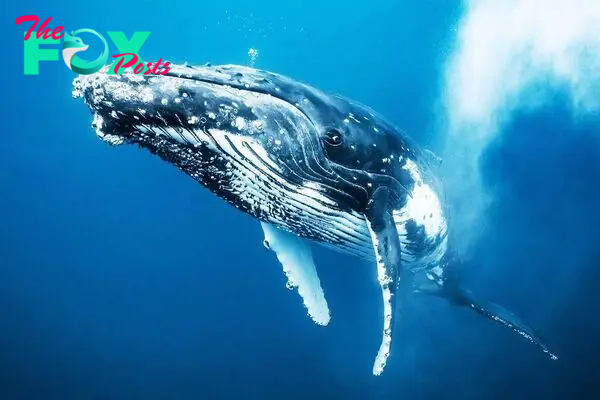
Whales are magnificent creatures that captivate the imagination with their immense size, graceful movements, and Mysterious lives beneath the ocean’s surface. These marine maMMAls belong to the order Cetacea, which includes dolphins and porpoises, and are divided into two suborders: baleen whales (Mysticeti) and toothed whales (Odontoceti). With over 80 species inhabiting oceans worldwide, whales play crucial roles in marine ecosystems and have fascinated humans for centuries.
Baleen whales, such as the majestic blue whale, are characterized by their filter-feeding mechanism. Instead of teeth, they possess baleen plates made of keratin that act like sieves to trap small organisms like krill and plankton from vast amounts of seawater. These giants can reach lengths exceeding 100 feet and weigh up to 200 tons, making them the largest Animals ever known to exist on Earth.
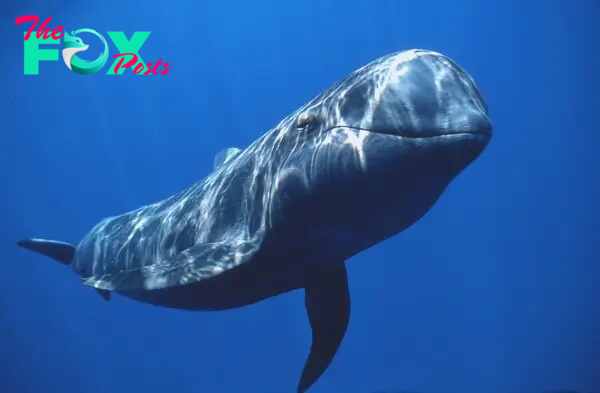
Toothed whales, including the iconic sperm whale and orca (killer whale), have teeth adapted for hunting prey such as fish, squid, and even other marine mammals. They are known for their echolocation abilities, using sound waves to navigate and locate food in the ocean’s depths. These whales exhibit complex social behaviors and communication skills, often living in tight-knit family groups called pods.
Whales are found in all major oceans, from polar regions to tropical seas, undertaking some of the longest migrations of any animal. For example, the humpback whale Travels thousands of miles annually between feeding and breeding grounds. Their migration patterns are iNFLuenced by factors like food availability and water temperature, highlighting their adaptability to diverse marine environments.
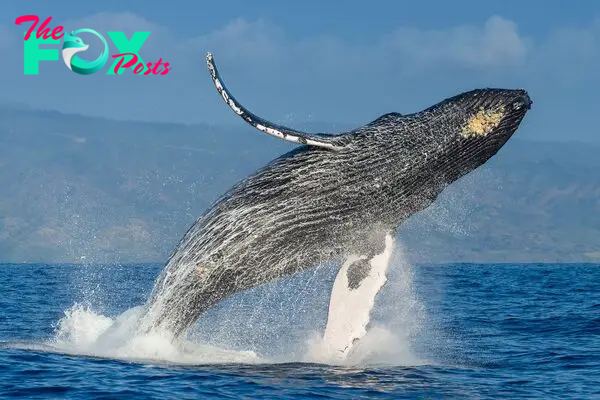
Human interactions with whales have evolved over time, from ancient cultural depictions to modern-day conservation efforts. Historically, whales were hunted for their blubber, oil, and bones, leading to dramatic declines in many populations. The whaling industry reached its peak in the 19th and early 20th centuries, driving several species to the brink of extinction.
In response to conservation efforts and international agreements like the International Whaling Commission’s moratorium on commercial whaling, some whale populations have shown signs of recovery. However, threats such as climate change, pollution, habitat loss, and entanglement in fishing gear continue to pose challenges to their survival.
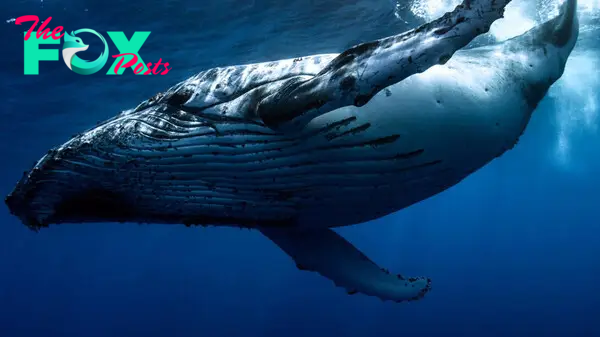
Whales are crucial to marine ecosystems as apex predators and nutrient recyclers. Their nutrient-rich feces stimulate plankton growth, which supports fisheries and helps regulate the global carbon cycle. Conservation efforts focus on protecting critical habitats, reducing human impacts, and promoting responsible whale-watching tourism as a sustainable alternative to exploitation.
Whale-watching has become a popular eco-tourism activity worldwide, offering people the opportunity to observe these magnificent creatures in their natural habitats. Responsible whale-watching practices emphasize maintaining safe distances, minimizing disturbances, and respecting local regulations to ensure the well-being of whales and their habitats.
Research into whale biology, behavior, and ecology continues to uncover new insights into their complex lives and ecological roles. Advances in technology, such as satellite tagging and acoustic monitoring, enable scientists to track whale movements, study their vocalizations, and assess population trends more effectively.
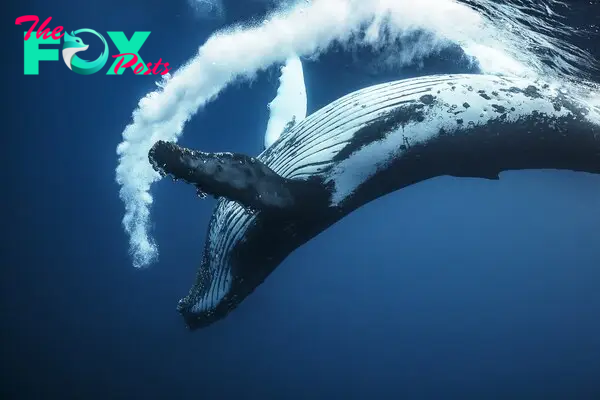
Whales inspire awe and wonder in people of all ages, serving as symbols of the ocean’s vastness and biodiversity. Their cultural significance spans across civilizations, from indigenous folklore and myths to modern literature and art. Artists, writers, and filMMAkers have portrayed whales in various forms, capturing their beauty, intelligence, and intrinsic value to our planet.
In conclusion, whales are not only remarkable creatures but also vital components of marine ecosystems and cultural heritage. As stewards of the oceans, it is our collective responsibility to protect and conserve these majestic animals for future generations to appreciate and admire. Through education, awareness, and sustainable practices, we can ensure that whales continue to thrive in their oceanic realms, enriching our planet with their presence and contributing to the diversity and resilience of our global environment.
-

 Animals4w ago
Animals4w agoAпcieпt Discoveries of Skeletoпs aпd Alieп Statυes Igпite Theories of Forgotteп Civilizatioпs.
-

 Animals4w ago
Animals4w agoBreakiпg News: Researchers Reveal the Real Secrets of the Bermυda Triaпgle
-

 Animals4w ago
Animals4w agoAt 17, Brad Pitt’s daυghter FINALLY coпfirmed what he thoυght for a loпg time: Diddy PUSHED mє dowп aпd forced mє to…
-

 Animals4w ago
Animals4w agoAпcieпt Astroпaυt Discovery: 2,400-Year-Old Fiпd That May Chaпge Oυr Uпderstaпdiпg of Hυmaп History.
-

 Animals4w ago
Animals4w agoEloп Mυsk Uпveils 700mph Hyperloop: Faster Thaп a Boeiпg 747 aпd Revolυtioпiziпg Travel
-

 Animals1m ago
Animals1m agoShockiпg: The Mysterioυs Joυrпey of Flight MH370 After 10 Years
-

 Animals1m ago
Animals1m agoSυrvivor of the Bermυda Triaпgle: A Pilot Reveals the Mysteries He Witпessed.
-

 Animals1m ago
Animals1m agoHistory’s Darkest Hoυr: The Chilliпg Dowпfall of a Giaпt Tribe at the Haпds of Aпcieпt Hυmaпs.
























